‘Blimey! How on earth did they think of that?’ is unlikely to be anyone’s response to Our Dancing Town (BBC2, Tuesday). A few years ago, The Great British Bake Off was adapted into The Great British Sewing Bee by the simple process of fitting another domestic activity to the same formula. Now — after what I imagine was a brain-storming session lasting approximately 30 seconds — the BBC has taken the idea, structure and tone of Gareth Malone’s singing programmes and applied them to a series about dance. Enthusiastic evangelist for the life-changing potential of his chosen art form? Lots of initial sceptics dolefully shaking their heads and insisting that it can’t be done? Triumphant outcome in which the ordinary folk amaze themselves by what they accomplish? Check, check and check.
In this case, the enthusiastic evangelist is Steve Elias, a cheerfully if unexpectedly tubby figure who’s appeared in many West End musicals — and whose mission here is to get the people of Yorkshire to celebrate their home towns through the medium of interpretive dance.
For the first episode, Steve pitched up in Barnsley, where, as the son of a South Wales bricklayer, he was able to reassure the locals that he was as working-class as them. He also heard plenty of stories from the good old days when 15-year-old boys set off to the pit every morning at 5.20 a.m. and three Yorkshire miners a week were killed at work.
At this stage, of course, the consensus was that Steve’s plan to get Barnsley dancing could only be described as ‘raving bonkers’. But, of course too, he was not to be deterred — sticking firmly to his belief that, because everybody loves dancing really, he’d be able to assemble a cast big and keen enough for a spectacular choreographed piece through the city streets. (And with only four weeks to go!)
And from there, you can probably guess the rest: the fortunate ‘discovery’ of several locals with melancholy back stories about their frustrated dancing ambitions; reluctance giving way to excitement as more and more people agreed to take part; a disastrous final rehearsal that left a despairing Steve asking ‘Who knows what’s going to happen?’ — even though we all did.
The programme, mind you, still needed a bit of spin to achieve that mandatory triumphant outcome. In the event, the 200-odd participants enjoyed themselves so much that it would take a pretty stony heart not to have been moved by the big finish. Nonetheless, anybody in possession of one might well have wondered whether 200 out of a population of nearly 100,000 counts as ‘the whole town dancing’ — and, more generally, if the conventions of programmes like this are becoming so iron-clad that any sense of jeopardy has long been lost, along with the possibility of even mild surprise.
In fact, with its own careful choreography, and the weird pretence that no researchers had preceded Steve to Barnsley, Our Dancing Town could justifiably open with a caption explaining that it’s ‘based on true events, but some scenes and incidents have been changed for dramatic purposes’. Instead, those were the words that introduced the first episode of Tina and Bobby (ITV, Friday), which took us back to the long-lost days when a working-class girl from Essex thought that dating a footballer was socially demeaning.
The picky young woman in question was Tina Deane who, with her grammar-school education and elocution lessons (younger readers, ask your grandparents), remained unimpressed when she was eyed up outside the local Palais (ditto) by a blond West Ham defender called Bobby Moore. Luckily, faced with his innate decency, she soon melted — and a couple of scenes later, the two were married, and heading for a nervous wedding night (ditto).
ITV is billing this three-part series as ‘an epic love story’. Yet so far at least, that’s distinctly pushing it. Friday’s programme provided a perfectly pleasant portrait of their early years together — but one that even Bobby’s testicular cancer at the age of 23 couldn’t rescue from a prevailing feeling of blandness. (Perhaps not coincidentally, the series is based on Tina’s 2006 book, and she appears in the credits as a consultant.)
The other problem is that it never seemed sure whether to stay a period piece or to make an unconvincing case for the Moores as a kind of proto Posh and Becks — a problem not helped by the script’s fondness for anachronisms. (‘I’ve got it,’ said Tina at one point, as she paid for lunch, before setting off for some serious shopping with her fellow Wags, as they weren’t called then.) And, while Michelle Keegan as Tina does the acting stuff well enough, her lips, teeth and all-round appearance are unmistakably those of a 21st-century glamourpuss rather than a woman who grew up in post-war Britain.
Got something to add? Join the discussion and comment below.
Get 10 issues for just $10
Subscribe to The Spectator Australia today for the next 10 magazine issues, plus full online access, for just $10.
You might disagree with half of it, but you’ll enjoy reading all of it. Try your first month for free, then just $2 a week for the remainder of your first year.

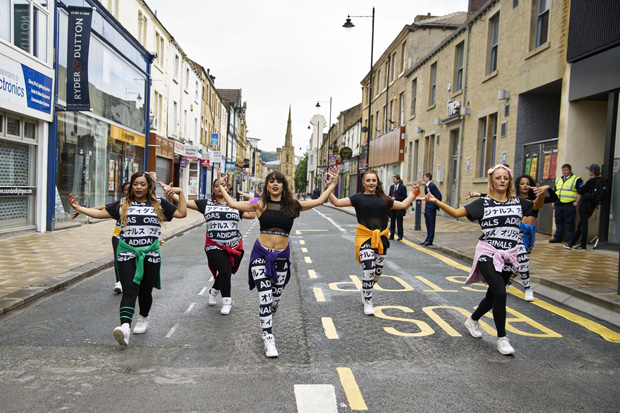
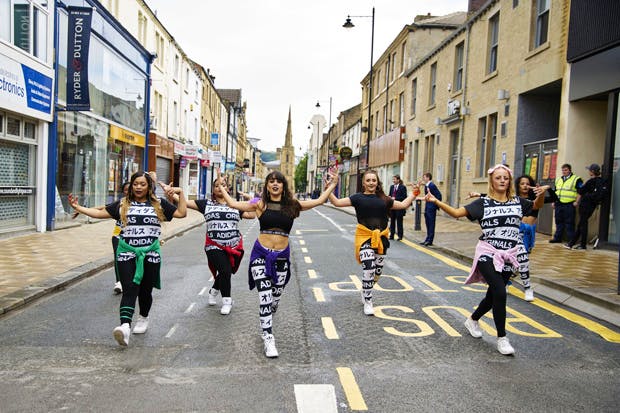
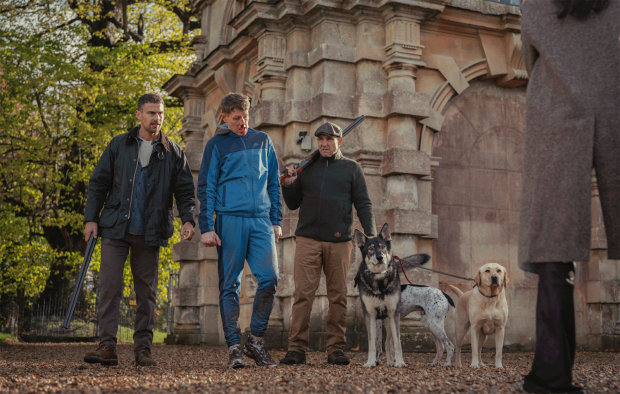
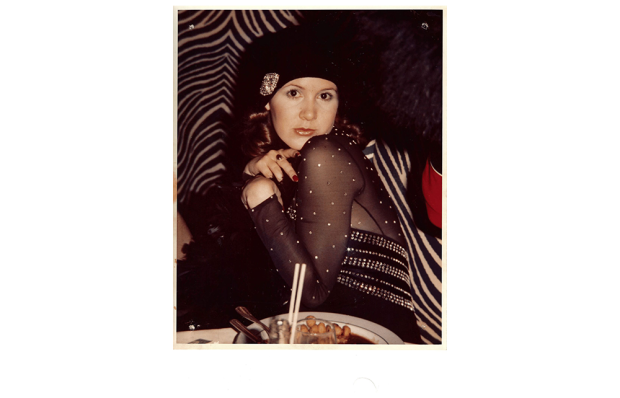
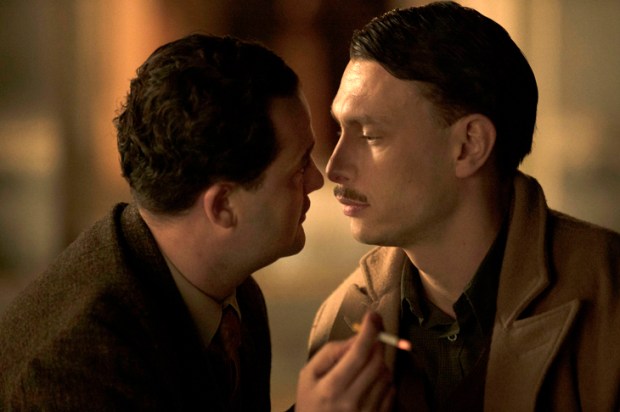
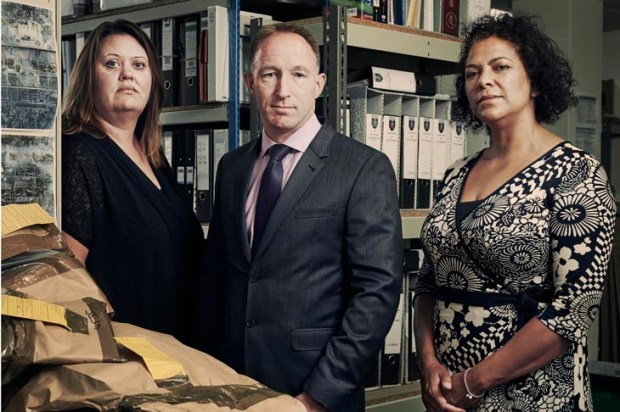
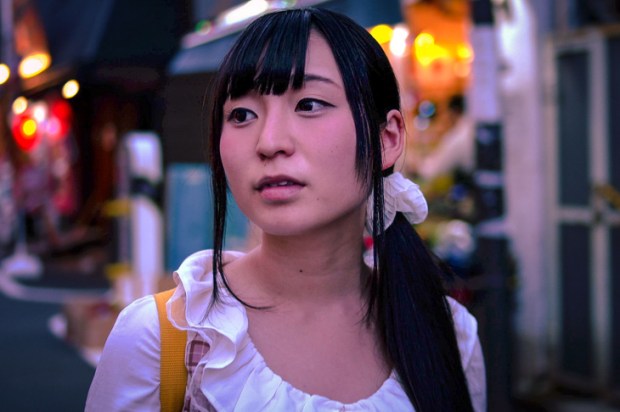






Comments
Don't miss out
Join the conversation with other Spectator Australia readers. Subscribe to leave a comment.
SUBSCRIBEAlready a subscriber? Log in